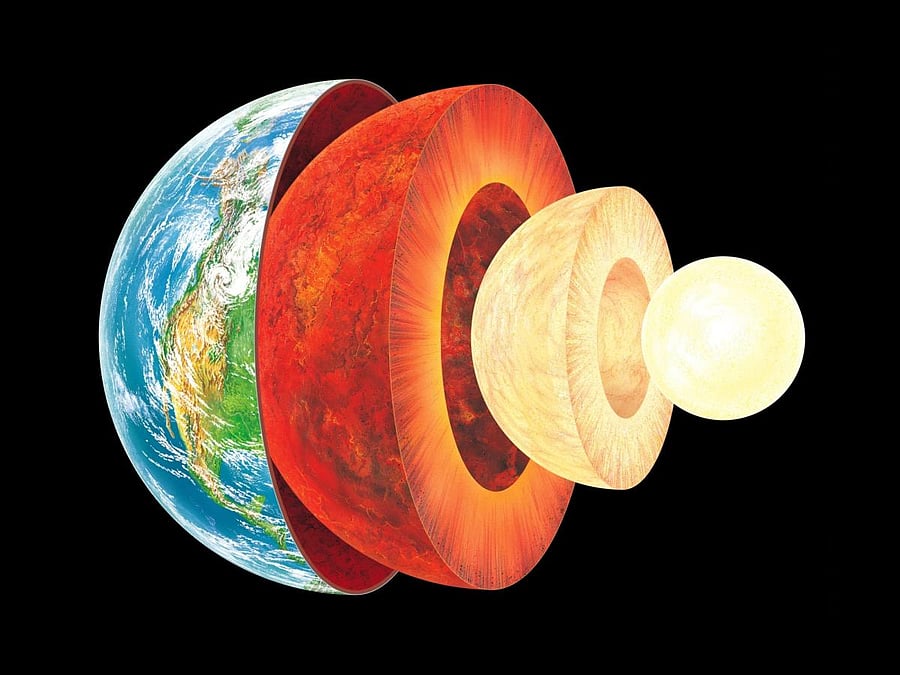
Researchers have provided new estimates for how the Earth generates a magnetic field around it based on processes happening within the liquid portion of its mantle, a finding that may lead to a better understanding of the planet's early history.
According to the researchers, including those from the University of California (UC) San Diego in the US, for long it was held that the Earth's liquid outer core has always been the source of the dynamo that generates its magnetic field.
In the study, published in the journal Earth and Planetary Science Letters, they noted that their new theory provides an opportunity to resolve inconsistencies in the narrative of the planet's early days.
"Currently we have no grand unifying theory for how Earth has evolved thermally," said study co-author Dave Stegman from the University of California (UC) San Diego in the US.
"We don't have this conceptual framework for understanding the planet's evolution. This is one viable hypothesis," Stegman said.
Earlier, scientists held that magnetic fields form on the Earth and other planets that have liquid, metallic cores, rotate rapidly, and experience conditions that make the convection of heat possible, the study said.
Geologists later found that during the first half of the planet's 4.5-billion-year history, the bottom third of Earth's mantle would have had to have been molten, which they call "the basal magma ocean," the researchers said.
In the current study, Stegman and his team showed how this once-liquid portion of the lower mantle, rather than the core, may have exceeded the thresholds needed to create the Earth's magnetic field during that time.
According to the study, the Earth's mantle is made of silicate material that is normally a very poor electrical conductor.
Scientists for long believed that rapid fluid motions inside the mantle wouldn't produce large electrical currents needed for magnetic field generation, similar to how Earth's dynamo currently works in the core, the study noted.
However, Stegman's team said this liquid silicate might actually be more electrically conductive than what was generally believed.
"Ziegler and Stegman first proposed the idea of a silicate dynamo for the early Earth," said geologist Lars Stixrude from UC Los Angeles in the US, who was not involved in the study.
"The idea was met with scepticism because their early results showed that a silicate dynamo was only possible if the electrical conductivity of silicate liquid was remarkably high, much higher than had been measured in silicate liquids at low pressure and temperature," Stixrude explained.
The researchers found very large values of the electrical conductivity, large enough to sustain a silicate dynamo.
If the new theory is validated, the scientists said, it could mean the mantle could have provided the young planet's first magnetic shield against cosmic radiation.
"If the magnetic field was generated in the molten lower mantle above the core, then the Earth had protection from the very beginning and that might have made life on Earth possible sooner," Stegman added.